Historic discoveries found in unusual places
Hidden treasures and unexpected discoveries
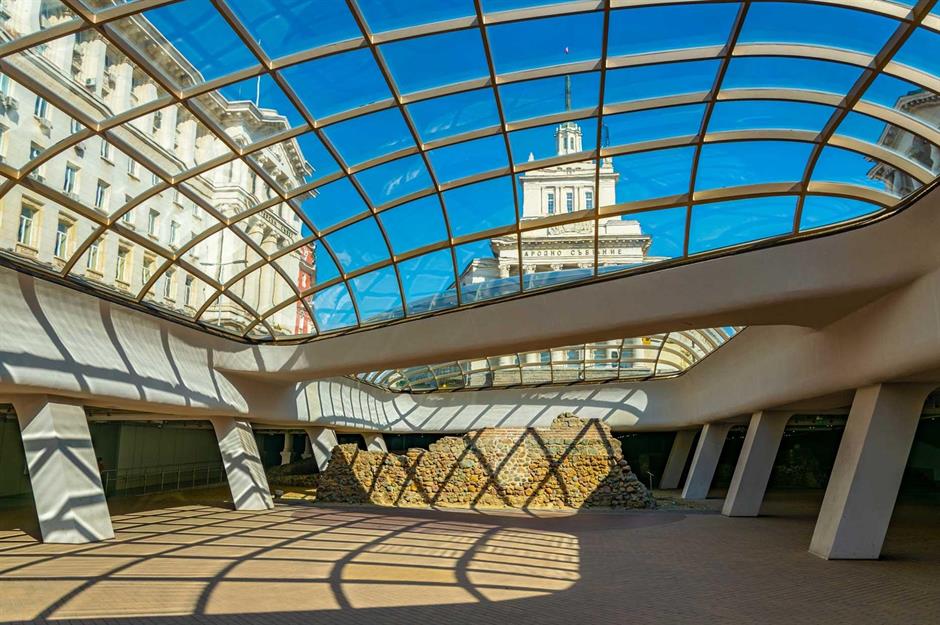
Terracotta Army, Xi’an, China
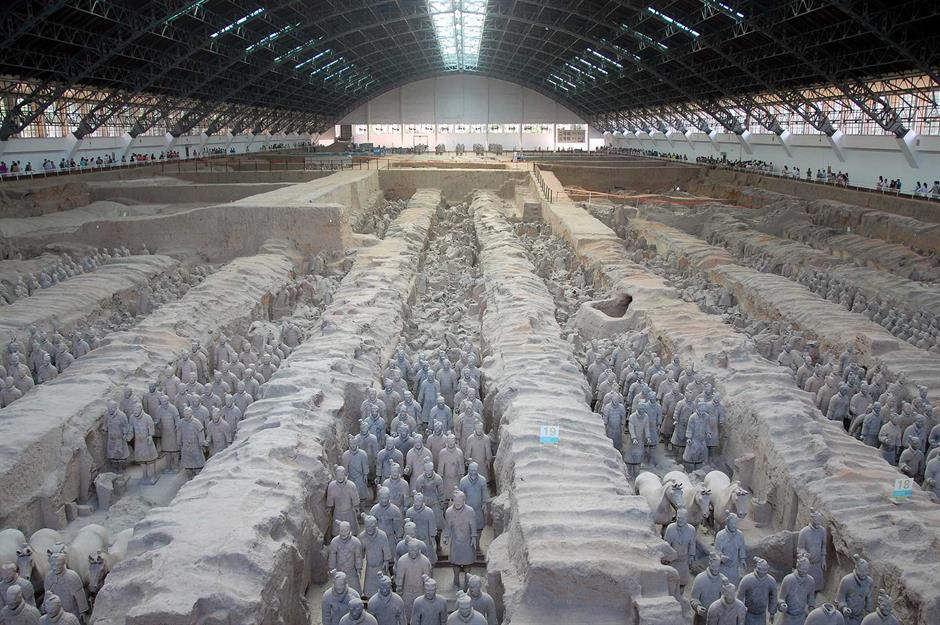
It’s 1974 and local farmers are digging a well in dry land in Xi’an, central China, when they come across terracotta fragments and bronze weapons. Excavations will go on to determine it as one of the best archaeological sites in the world. The entire burial complex of Emperor Qin Shi Huang (259-210 BC), the first emperor of the first dynasty of Imperial China, consists of over 8,000 individually detailed guard troops and other infantry relics, which were believed to have accompanied the emperor into the afterlife. Today, the sprawling sight is encased by a museum where visitors can learn about the emperor’s life and the Qin Empire.
Terracotta Army, Xi’an, China
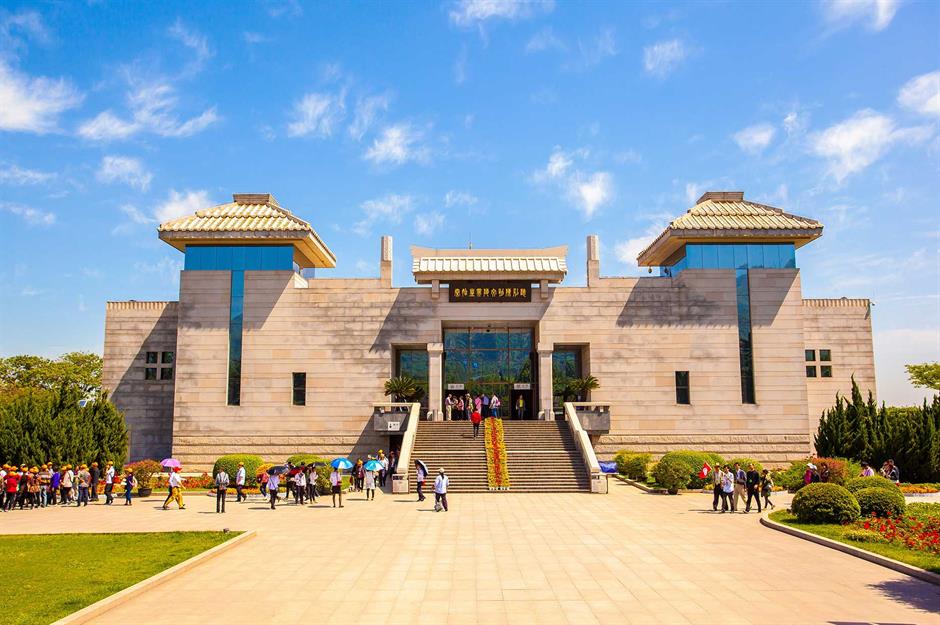
The first pit that workers excavated is also the largest, containing over 6,000 life-size terracotta warriors and horses. It didn’t take long for further pits to be discovered: a second in 1976 housing a variety of infantry, cavalry, chariot warriors and archers; a third in 1996 with 68 warriors and a four horse-led chariot; and a fourth without any relics at all. In total, the entire site spans 273,188 square feet (25,380sqm) and is located in Lintong District, some 45km (25 miles) northeast of Xi’an’s thriving city centre in Shaanxi province.
Love this? Follow us on Facebook for more history and travel facts
King Richard III remains, Leicester, England, UK
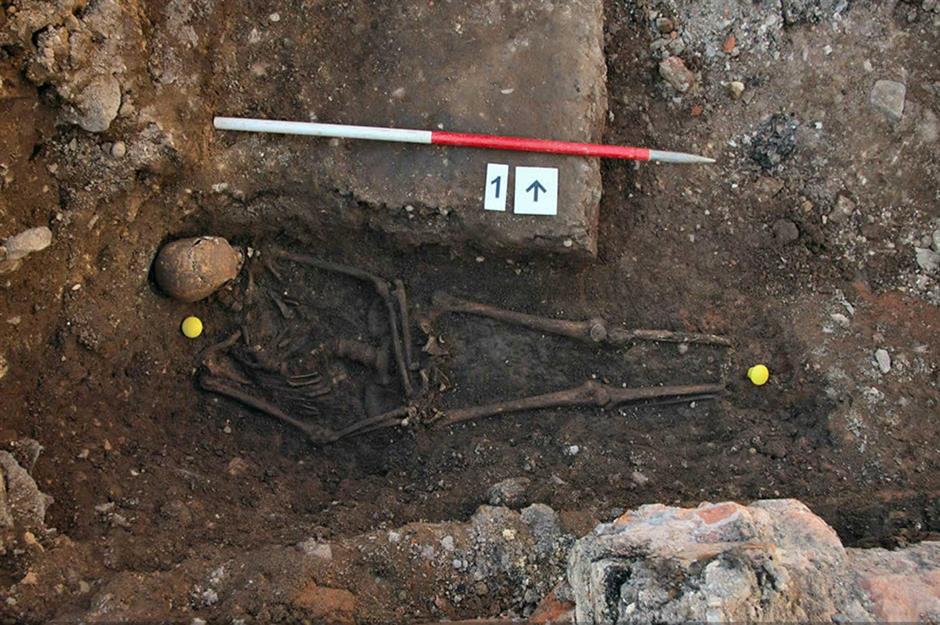
When King Richard III was killed at the Battle of Bosworth in August 1455, he was buried at Grey Friars Church in the East Midlands, England. He hadn’t been a popular king and was depicted as such in Shakespeare’s Richard III, where he also appeared to have a curved spine – although historians were unsure if this was fact or fiction. The church's exact location was eventually forgotten, but amateur historian Philippa Langley was adamant that the church and the Plantagenet king’s remains were located beneath a city council car park in Leicester…
King Richard III remains, Leicester, England, UK

Excavations of the car park and a school playground began on the same day as the 527th anniversary of the king’s death. Then, in February 2013, his remains were confirmed to be exactly where Langley had predicted. He did have a curved spine – a condition known as scoliosis – and scientists used carbon dating and other techniques to confirm his identity. Part of the excavation site was converted into the King Richard III Visitor Centre while his remains were interred at Leicester Cathedral; certainly much fitter for a royal resting place.
L’Anse aux Meadows, Newfoundland, Canada
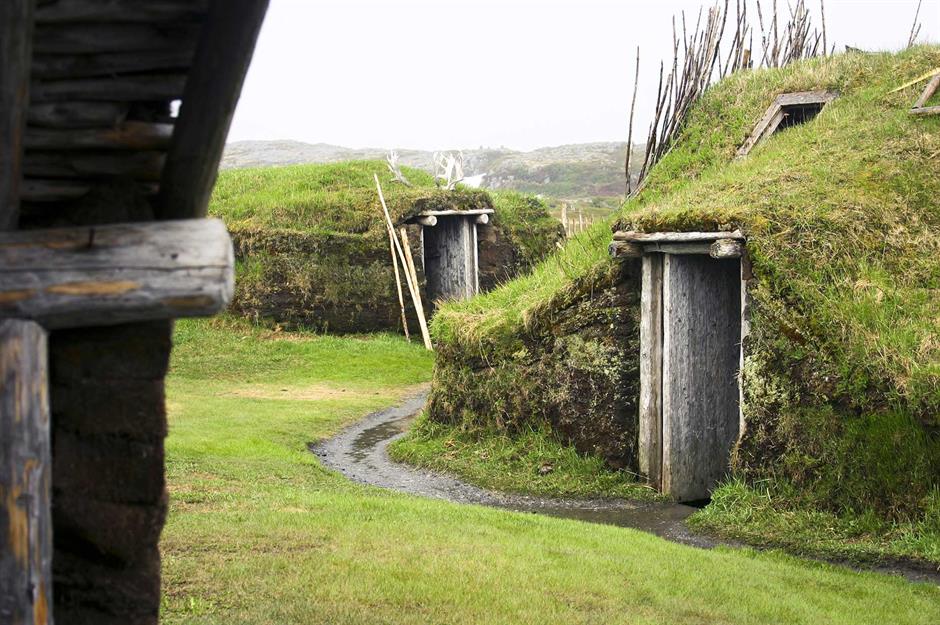
The Vikings famously never conquered North America, but an 11th-century outpost on Newfoundland’s Baffin Island was confirmed as the first European presence in North America. The site, first unveiled in 1960, features building remnants and artefacts similar in design to those in Norse Greenland and Iceland. Situated on the northernmost tip of Newfoundland, the buildings had appeared to be constructed for long-term use but archaeological evidence suggests they left earlier, perhaps due to pressure from Indigenous peoples.
L’Anse aux Meadows, Newfoundland, Canada

The Vikings’ exploration of North America is recounted in the Vinland Sagas which details their voyages in search of new territory and luxuries. It also tells us that the likes of explorer Leif Erikson spent time along the coast of Baffin Island. Vinland was the name Norse Vikings gave North America due to the native grapes that made good wine – Vinland means ‘wine land’. Today, L’Anse aux Meadows is a UNESCO National Historic Site.
Derinkuyu Underground City, Cappadocia, Turkey
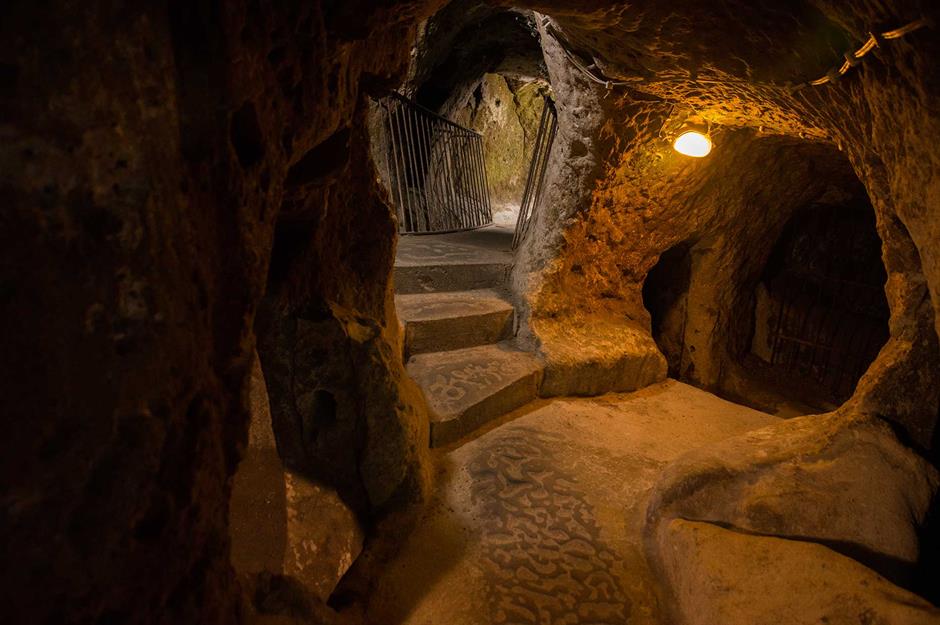
Central Turkey’s rocky Cappadocia region is home to dozens of underground cities that date back to 7th or 8th centuries BC. Derinkuyu is one of the most elaborate, having been hand-carved from volcanic ash with 18 storeys and space for 20,000 inhabitants. This expansive (albeit eerie) site was only discovered in 1963 when a local resident was renovating his house. He’d knocked down a wall in the basement and the rest, as they say, is history. Well, the rest actually revealed a passageway that led onto a network of stone tunnels and chambers.
Derinkuyu Underground City, Cappadocia, Turkey
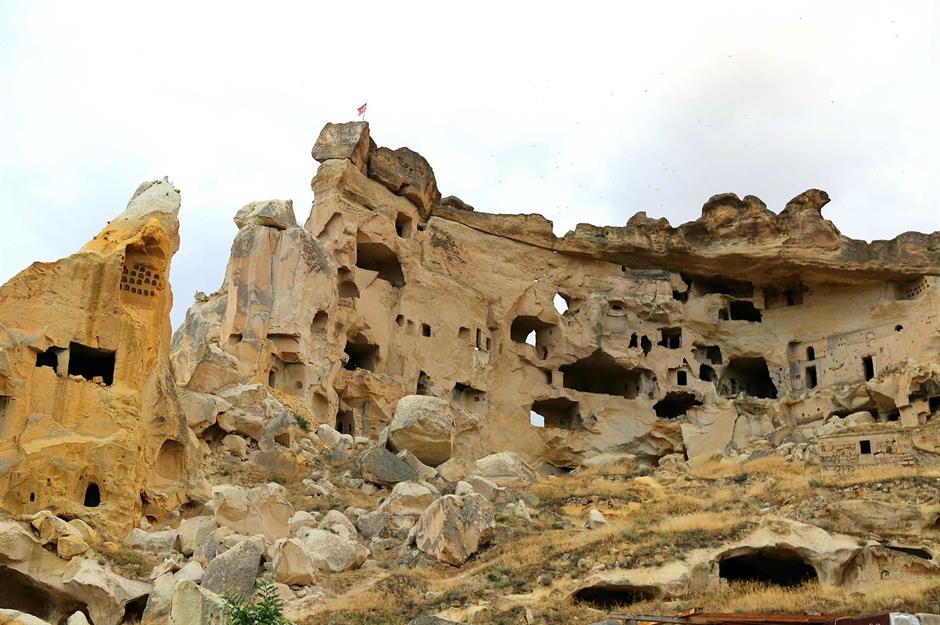
As fascinating as Derinkuyu is, it’s still unknown as to exactly who built this structure, but its remnants display a clearly sophisticated society. Meeting halls, shops, freshwater wells and stables were discovered, as well as stone doors that protected these ancient people from invasion. Another sign of its urban finesse is the ventilation shafts and waterways which allowed fresh air and water on each and every level. Today, the site is open to the public.
These amazing archaeological discoveries were made by amateurs
African burial ground, Manhattan, USA

African burial ground, Manhattan, USA
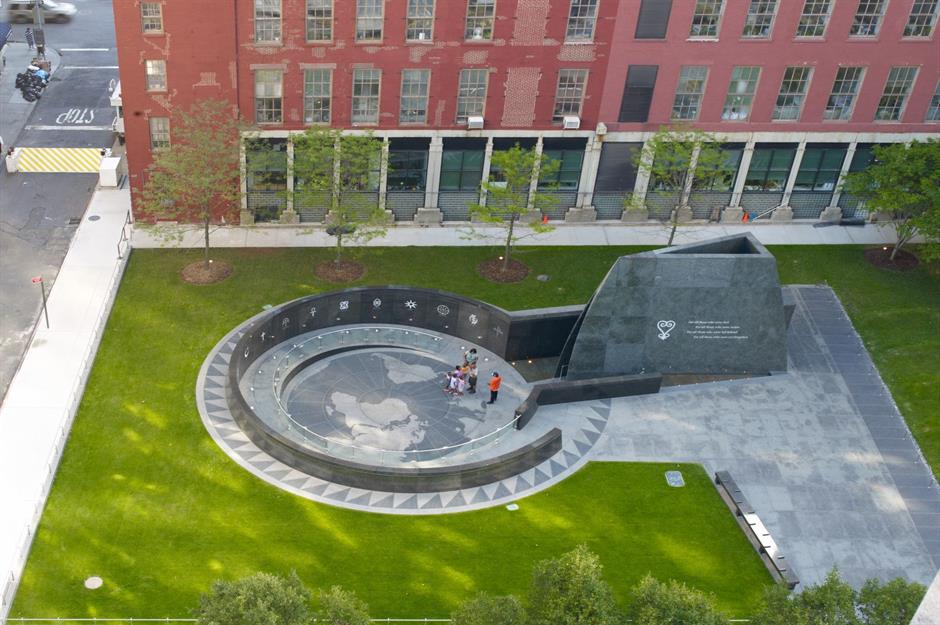
Africans were restricted from Christian churchyards in the city, so the burial ground had originally been a small plot a little further afield until it encompassed the equivalent of five city blocks. Excavations revealed that the bodies were wrapped in shrouds, fastened with pins and placed in wooden coffins with items including coins, shells and beads. After the discovery, the site was converted into a national monument called the African Burial Ground, which includes a visitor centre and outdoor memorial.
Lidl on Aungier Street, Dublin, Ireland
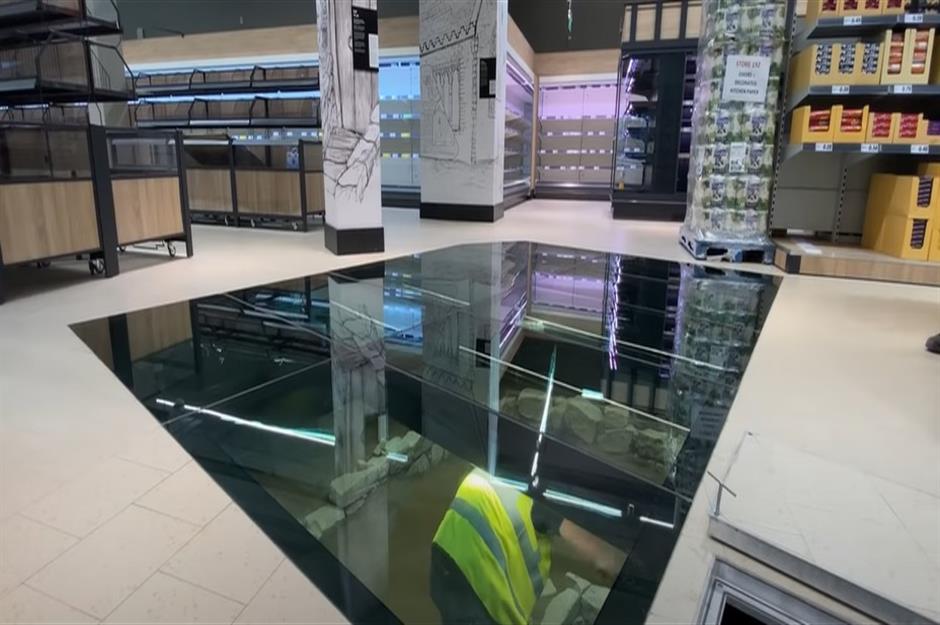
Pop into the Lidl on Aungier Street in Dublin for a supermarket shop with a side of history. Instore is a glass floor where shoppers can peer down to take a look at 11th-century remnants of a sunken-floor structure. The domestic space was built around 1070 by Hiberno-Norse Dubliners, ancestors of the Vikings, and was possibly used for storage. The site is situated close to Dublin Castle and provides a glimpse of Dublin’s medieval past. But the historical finds don’t stop there…
Lidl on Aungier Street, Dublin, Ireland

There’s a similar glass panel by the checkout area, this time showing a ‘pit trap’ – the device used when actors appear and disappear suddenly on stage – associated with the 18th-century Aungier Street Theatre. And, amazingly, there’s a preserved medieval parish church also beneath the site. The one-of-a-kind supermarket displays information panels and interpretive artwork throughout the store. Perhaps this is the one Lidl store whose most exciting feature aren’t the middle aisles. You can see the full video here.
Iron Age golden treasure, Vindelev, Denmark
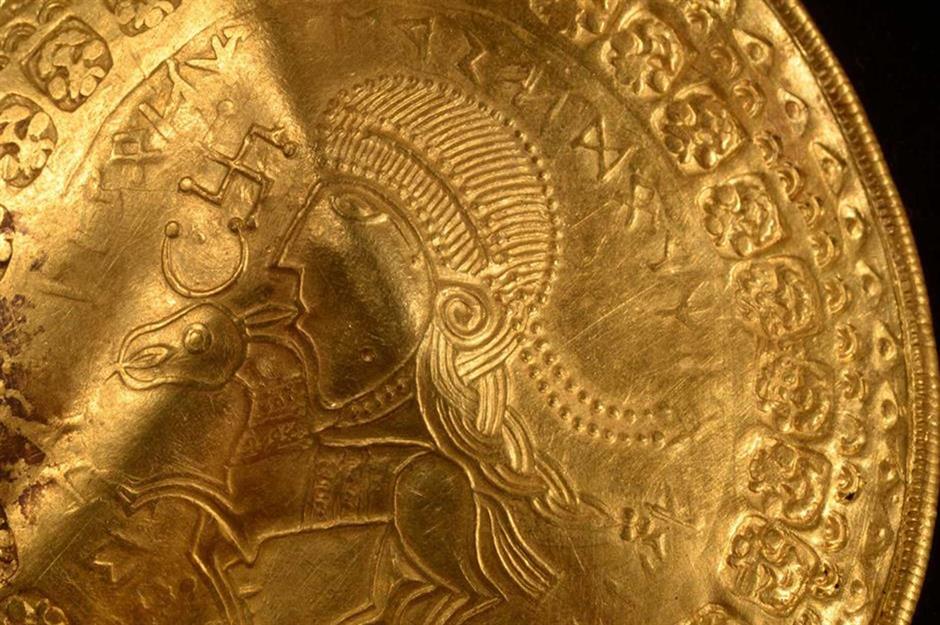
First-time detectorist Ole Ginnerup Schytz put the luck in beginner’s luck when he discovered a hoard of Iron Age golden treasure just hours after he started investigating a field in Vindelev, near Jelling, in September 2021. The treasure contained huge gold medallions, coins and jewellery, and was dated back to the mid-6th century. It was likely buried by an Iron Age chieftain under a longhouse. The Vejle Museum in Jutland, which worked on the excavation, described it as “one of the largest, richest and most beautiful gold treasures in Danish history so far”.
Iron Age golden treasure, Vindelev, Denmark
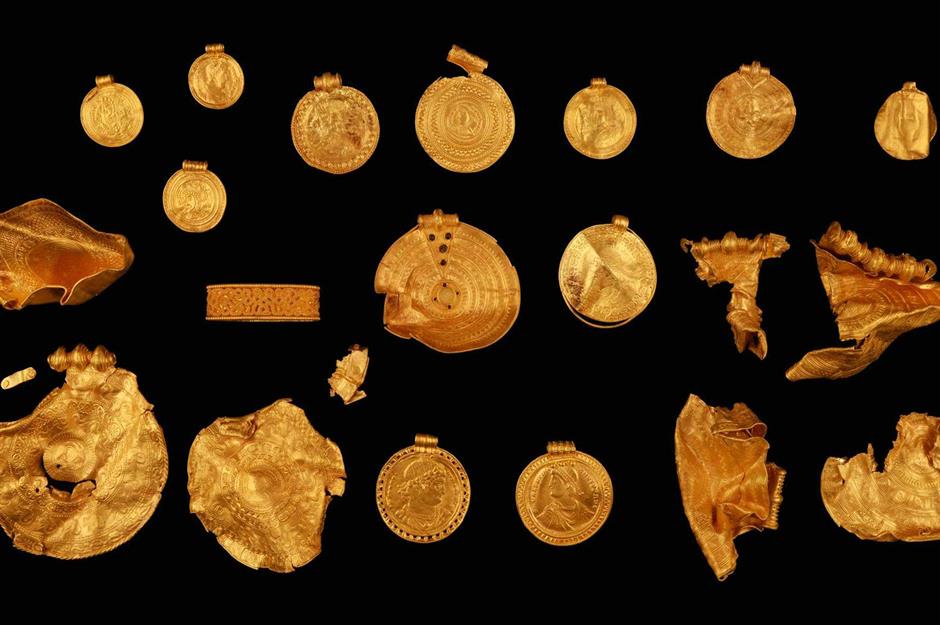
This incredible haul – now known as the Vindelev Hoard – weighed almost one kilogram (2.2lbs), indicating that Vindelev was a powerful centre in the late Iron Age. It remains a mystery as to why it was buried, but experts at the Vejle Museum suggest it was possibly to keep it safe in case of war or as a sacrifice to gods. One of the coins dated to the time of Emperor Constantine the Great (circa AD 285-337), suggesting the Roman Empire and Denmark were closely connected through both trade and war. Visitors can see the hoard on display at the museum.
Byzantine Church, Jerusalem, Israel
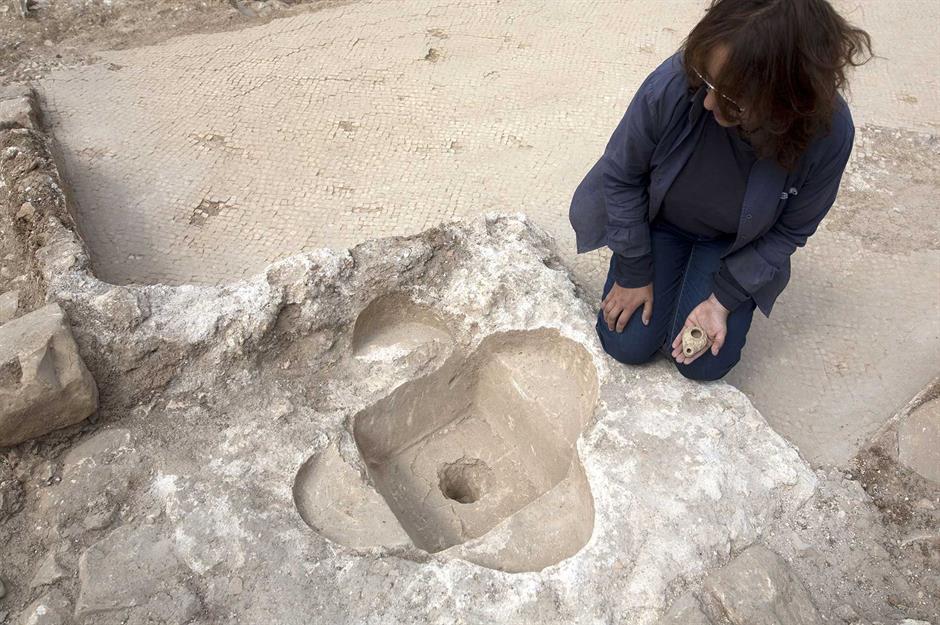
In 2015, while workers were widening the highway between Jerusalem and Tel Aviv on the outskirts of Beit Nekofa, a large road station and church became exposed. Dating back 1,500 years to the Byzantine era, it had been built atop a Roman road that was established before that. The excavated church measures 53 feet (16m) in length, while the church’s side chapel measures 21 feet (6.5m) in length, 12 feet (3.5m) wide and features a white mosaic floor. The rooms to the west of the church were likely used as dwellings and storage, due to the number of pottery tiles found.
Byzantine Church, Jerusalem, Israel
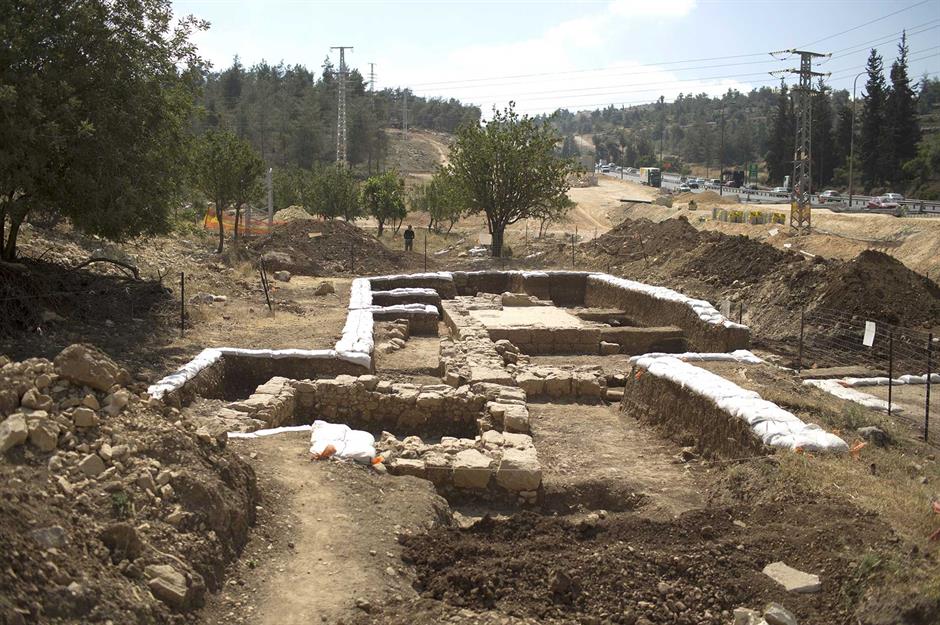
Inca walls, Marriott El Convento Cusco, Peru

Guests can stay at a hotel with a difference in Cusco, Peru. The JW Marriott El Convento Cusco sits atop ancient Inca foundations and incorporates historical remnants into its design and structure. Archaeologists, restorers and curators ensured that the cloisters and walls were well-preserved enough to remain at the hotel, and there was even a dentist to analyse the skeletal remains found on site. There are ‘Incan Wall’ rooms which offer window views onto (you guessed it) the original ancient walls, all while surrounded by modern luxury.
Inca walls, Marriott El Convento Cusco, Peru

Despite the hotel’s modern, glamorous interiors, it still pays homage to its historical setting. The Ministry of Culture’s guidelines ensured it would be built over the ruins to keep them safe. Guests can take guided tours of the gallery space filled with artefacts and there’s also a coffee table book at the hotel which tells the story of the history that is now embedded in this contemporary hotel.
Prehistoric cave art, Lascaux, France
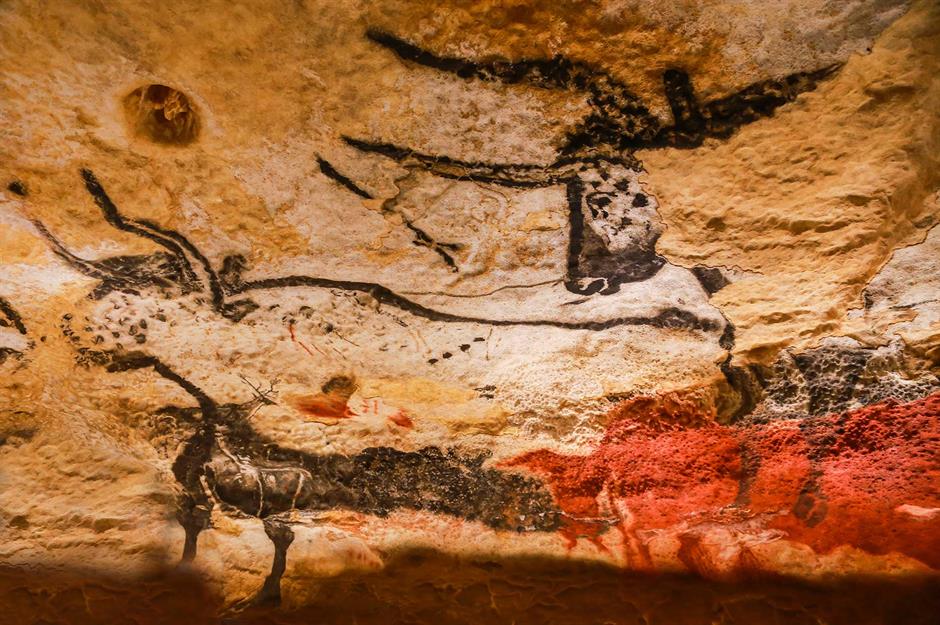
Prehistoric cave art, Lascaux, France
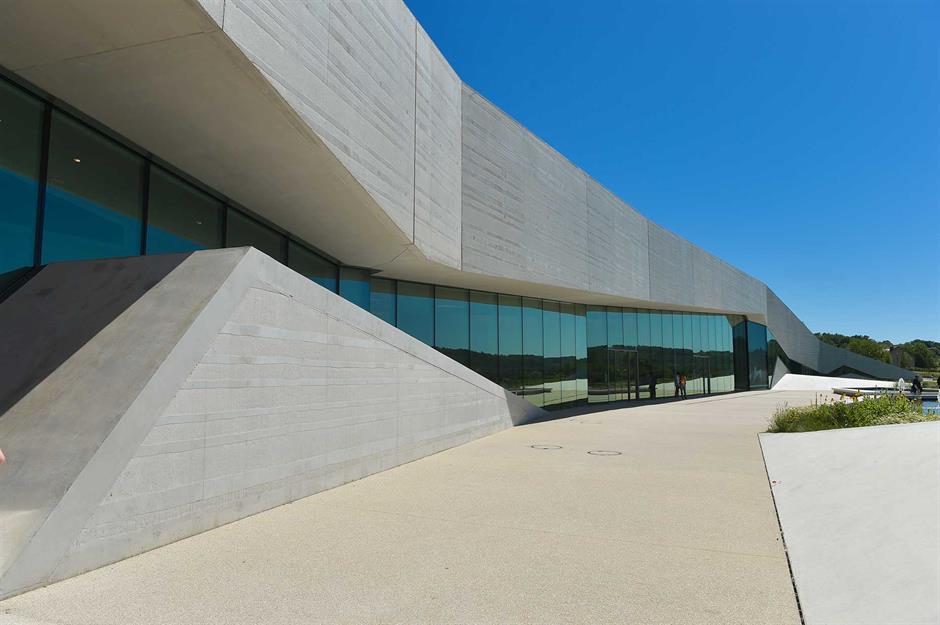
Their schoolmaster realised how significant of a find it was; the art was eventually dated back some 15,000 to 17,000 years. The main cavern is 66 feet (20m) wide, 16 feet (5m) high and is decorated with painted and hand-drawn animals and symbols, along with 1,500 engravings. They depict horses, stags, mythical creatures and now-extinct species. It was probably used as a centre for hunting and religious rites. In a bid to preserve the site, there’s a visitor-friendly replication of the iconic caves.
Dinosaur footprint, Bendricks Bay, Wales, UK
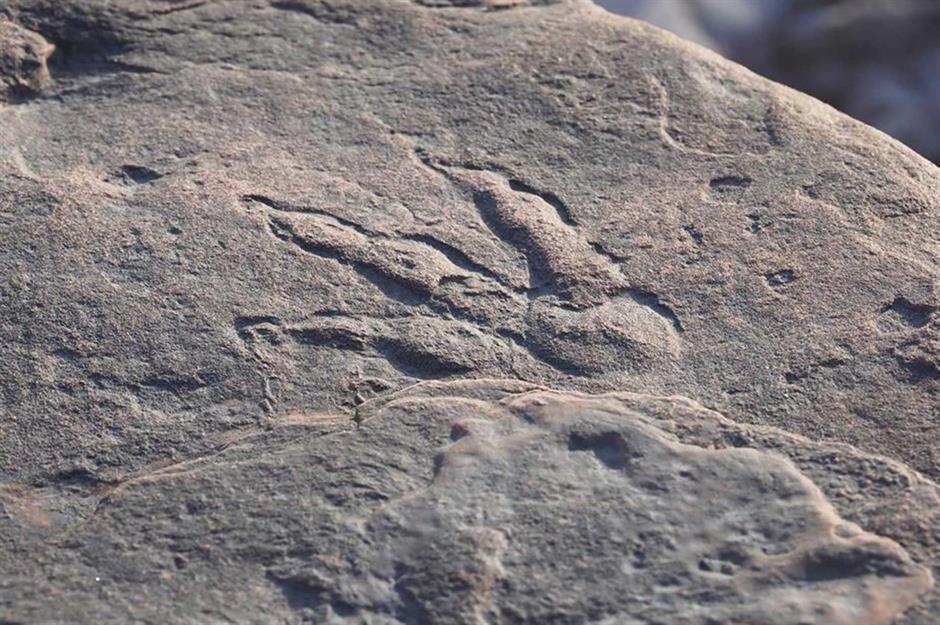
One girl enjoyed a seaside stroll with a difference in January 2021. While walking on Bendricks Bay near Barry in south Wales with her father, four-year-old Lily Wilder noticed an unusual imprint on a rock. Little did they know that she had made a discovery of a lifetime – experts identified it as a 220-million-year-old footprint of an unidentified herbivorous dinosaur.
Dinosaur footprint, Bendricks Bay, Wales, UK
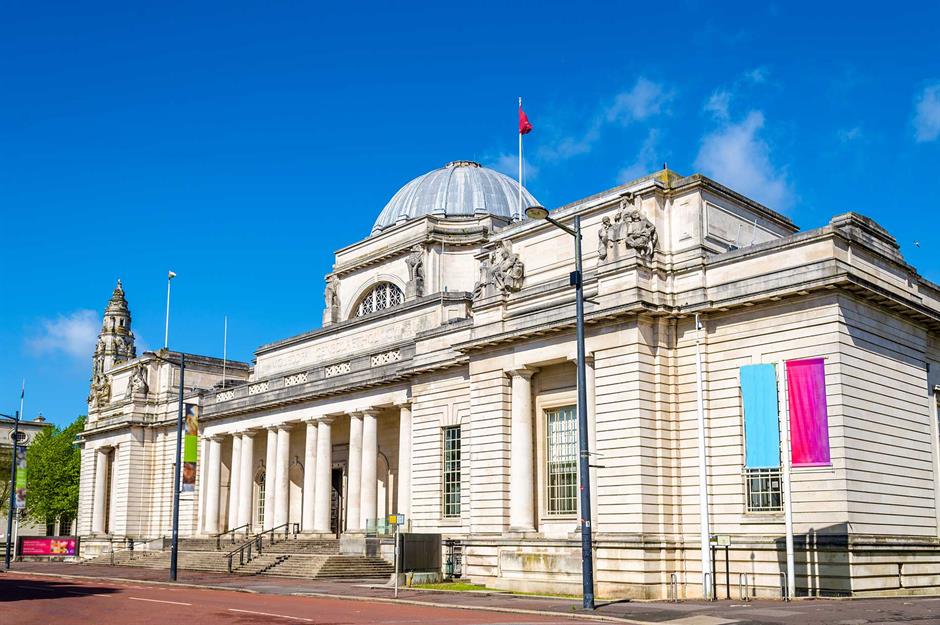
Dead Sea Scrolls, Jerusalem, Israel
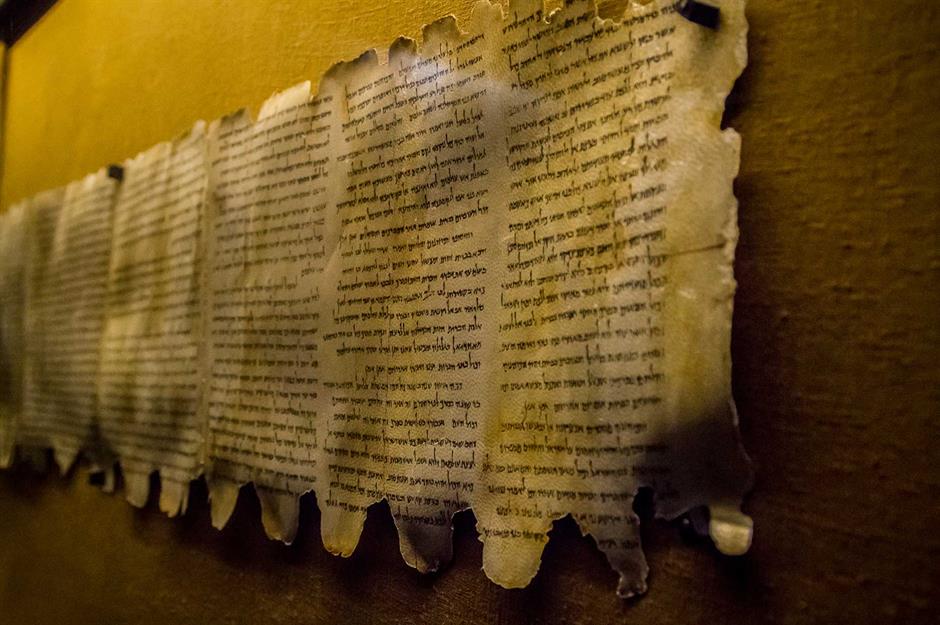
Dead Sea Scrolls, Jerusalem, Israel
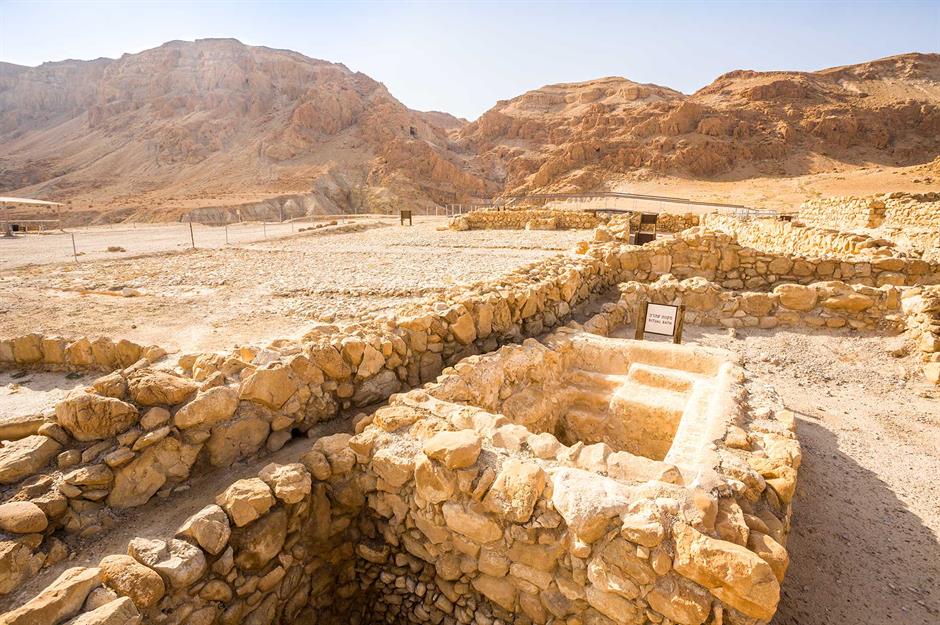
These earliest known writings of the Bible were found in eleven caves on the northwestern shores of the Dead Sea, near Khirbet Qumran. The scrolls consist of almost all of the Hebrew bible and were written in Hebrew, Aramaic and Greek between 150 BC and AD 70 – but nobody knows for sure who wrote them. The first seven scrolls are now on display at the Shrine of the Book Complex in Jerusalem.
Mammoth bones, Reser Stadium, Oregon, USA
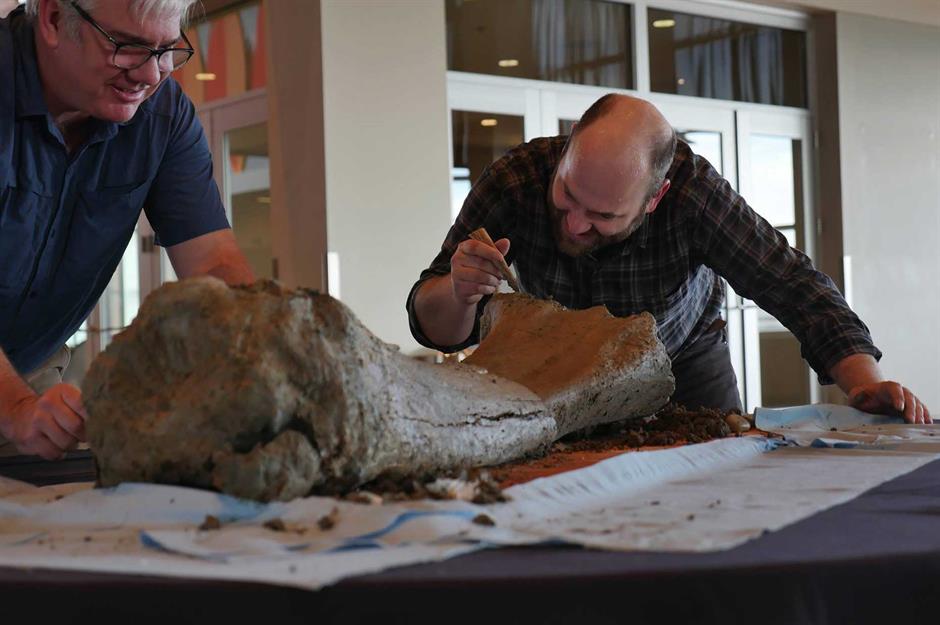
When the University of Oregon decided to expand their Reser Stadium in 2016, they didn’t know what they’d unearth in doing so. Construction workers discovered a four-foot-long (1.22m) femur bone and a tooth from a mammoth and other bone fragments from a bison and camel in the north end zone of Reser Stadium. The remains, which date back ten thousand years to the Ice Age, were found in a ten-foot-deep (3m) pit that may have been a pond or watering hole. This was where sick animals usually positioned themselves when they were about to die.
Mammoth bones, Reser Stadium, Oregon, USA

Roman ruins, Sofia, Bulgaria
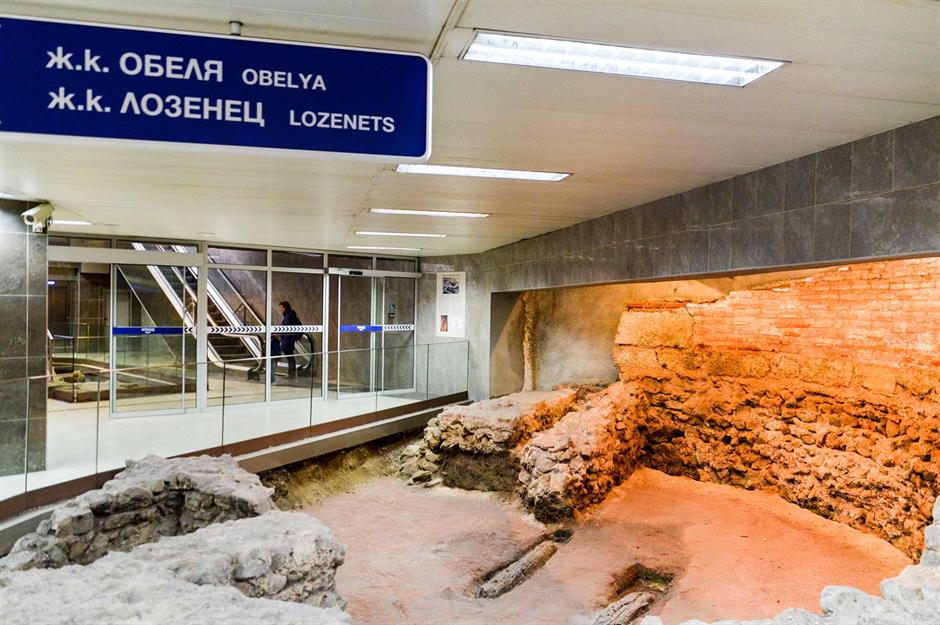
Sofia’s Serdika II metro station isn’t just a public transport hub but something of an archaeology museum too. In 2010, work began on extending the metro line when excavators unveiled prehistoric and ancient artefacts, many of which (Neolithic pots, Classical columns) are now on display on the platform. While the finds themselves weren’t a surprise, their excellent preservation was. A curved apse of an early Christian basilica (as pictured) can also be viewed in the ticketing area. Built around AD 4, it was likely destroyed by invading Huns in the mid-5th century.
Roman ruins, Sofia, Bulgaria
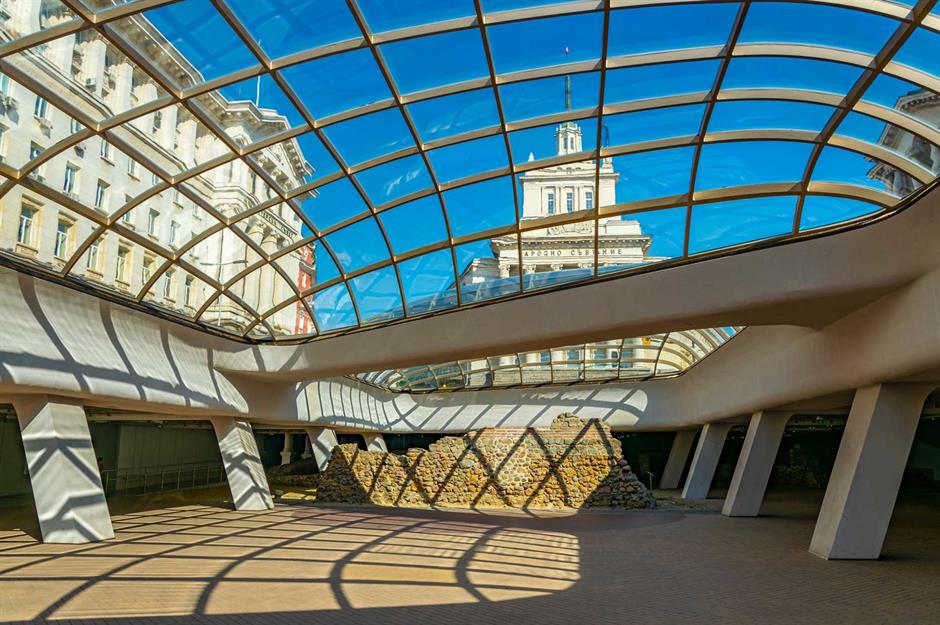
Next to the apse are glass floors which look down onto a rare AD 1st-century Roman dwelling, where the walls were made of oak and beech and were interlaced with vine. Two teams of archaeologists continued to work on the site and exposed a Roman complex between the north and south entrances to the station. Consisting of mosaic floors, courtyards, hypocaust systems and public baths, this in-situ ‘underground museum’ opened in 2016 where people can either visit or peer down from street level outside.
Sea dragon fossil, Rutland, England, UK
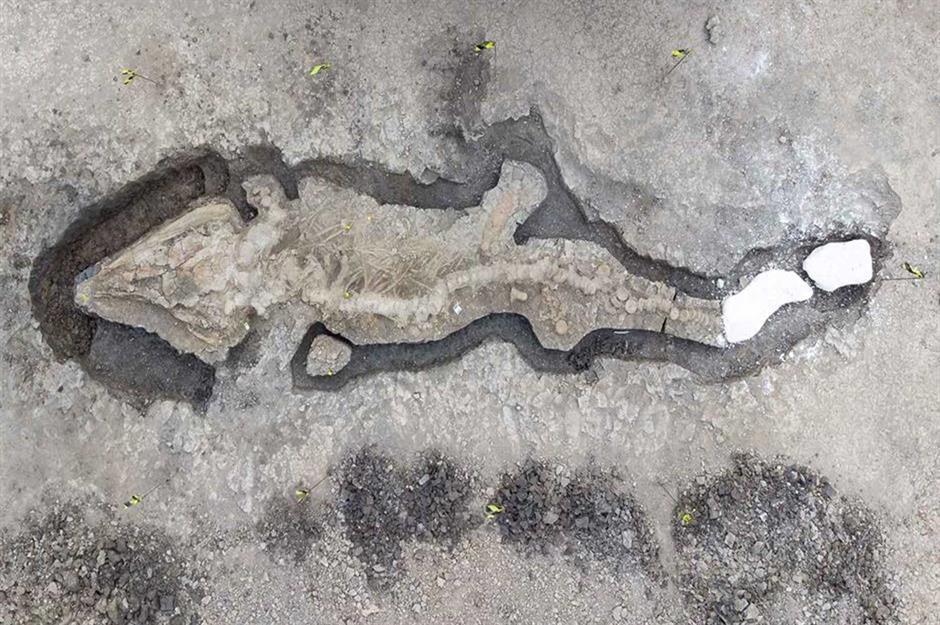
The fossilised remains of an ichthyosaur, also known as a sea dragon, were discovered in Rutland, England in February 2021. The impressive and well-preserved skeleton was stumbled across during a routine draining of a lagoon at Rutland Water Nature Reserve, which is owned and run by Anglian Water. The ancient mammal is the biggest and most complete skeleton of its kind discovered in the UK, and scientists also believe it's the first of its species (Temnodontosaurus trigonodon) to be found in the country.
Sea dragon fossil, Rutland, England, UK

Further excavations in August and September 2021 revealed the sea dragon to measure around 33 feet (10m) in length and is thought to date back 180 million years – no wonder it was hailed as one of the UK's greatest fossil finds. However, it's not the first ichthyosaur to be found here, as two smaller and incomplete skeletons were uncovered in the 1970s. The well-preserved nature of Rutland’s most recent discovery makes it a much more significant find.
Now find out what the Seven Wonders of the Ancient World would look like today
Comments
Do you want to comment on this article? You need to be signed in for this feature